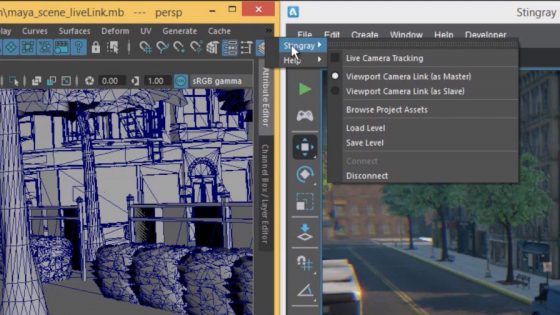Users are being offered access to source code and limited support until maintenance contracts end. Stingray game engine offers equivalent capabilities in a streamlined workflow.
Autodesk has given the axe to four game development products as part of its continuing company-wide product line consolidation. While the specific products are at end-of-life, the technologies are already included in Autodesk Stringray, a 3D real-time game rendering engine targeted at indie game developers.

Products discontinued are:
Scaleform — a set of video codec tools, primarily for Adobe Flash support.
Beast — A global illumination toolkit, used to provide lighting of moving objects in real-time game environments.
HumanIK — A character animation tools focused on full body inverse kinematics.
Navigation — Character navigation and pathfinding software using artificial intelligence.
Autodesk says customers of these products will have access to final versions, “based on their current or previous entitlement.” Specifically:
- Scaleform source code
- Navigation source code
- Human IK binary files
- Beast binary files
Autodesk also says all maintenance contracts will be honored until the end of term.
What do we think?
As we have reported recently, Autodesk continues to consolidate its vast product line across all divisions. Several consumer-class design tools have already been given the axe and its Pixlr photo editing suite was sold. This particular consolidation removes high-end products aimed at game developers. The technology found in these separate programs has already found its way into Stingray, which has become Autodesk’s lead product for the game development market.
The game engine market is hot today. Unreal and Unity are pitching for leadership roles in virtual reality development pipelines. Architects are turning to game engines as a better way to prepare and present client presentations. Manufacturers are using game engine technology for product visualizations. Stingray has great integration with Autodesk’s 3D content design products Maya and 3ds Max. Putting these products into end-of-life does not kill the technology, but encourages its use in a simplified workflow based on Stingray.





